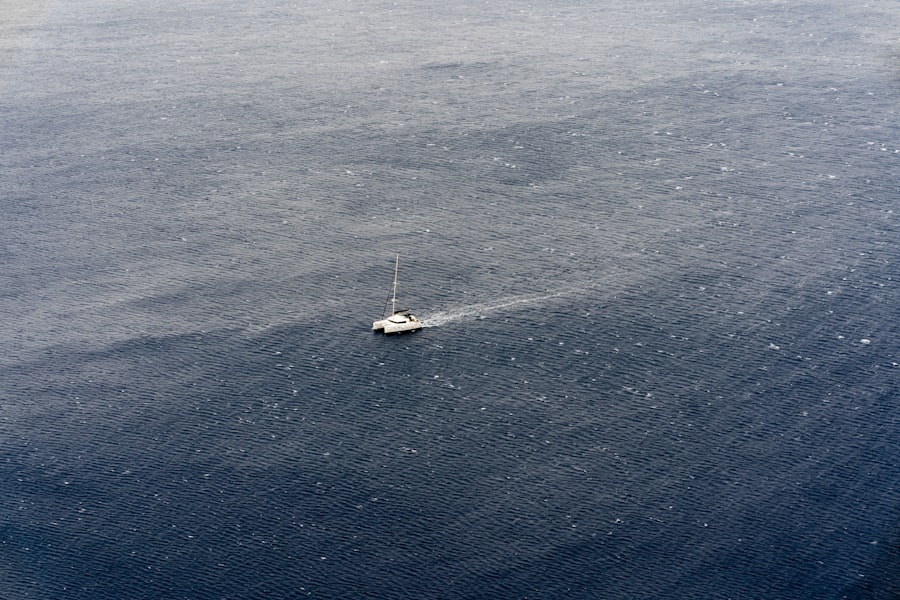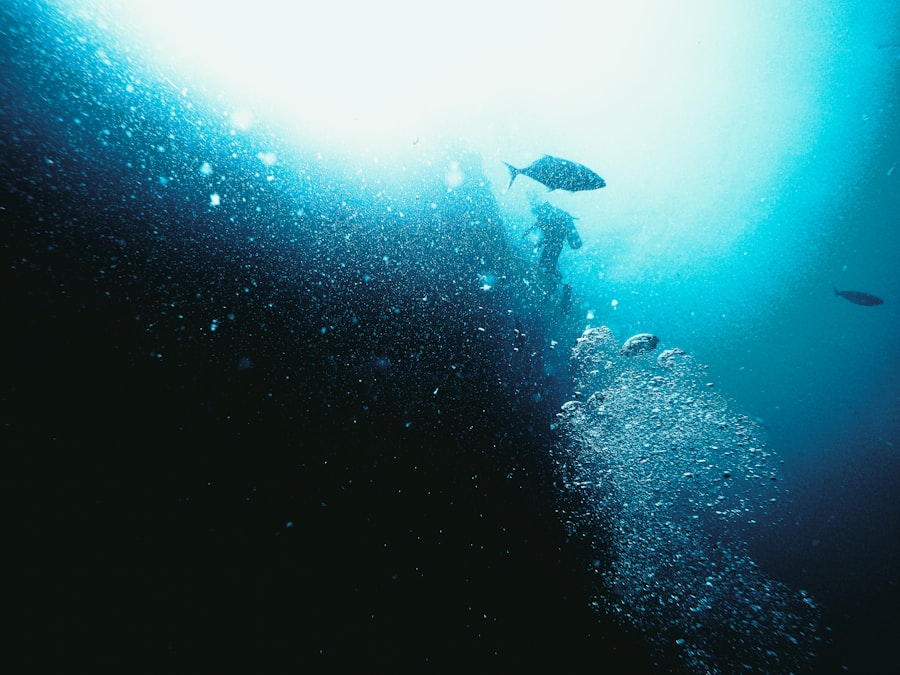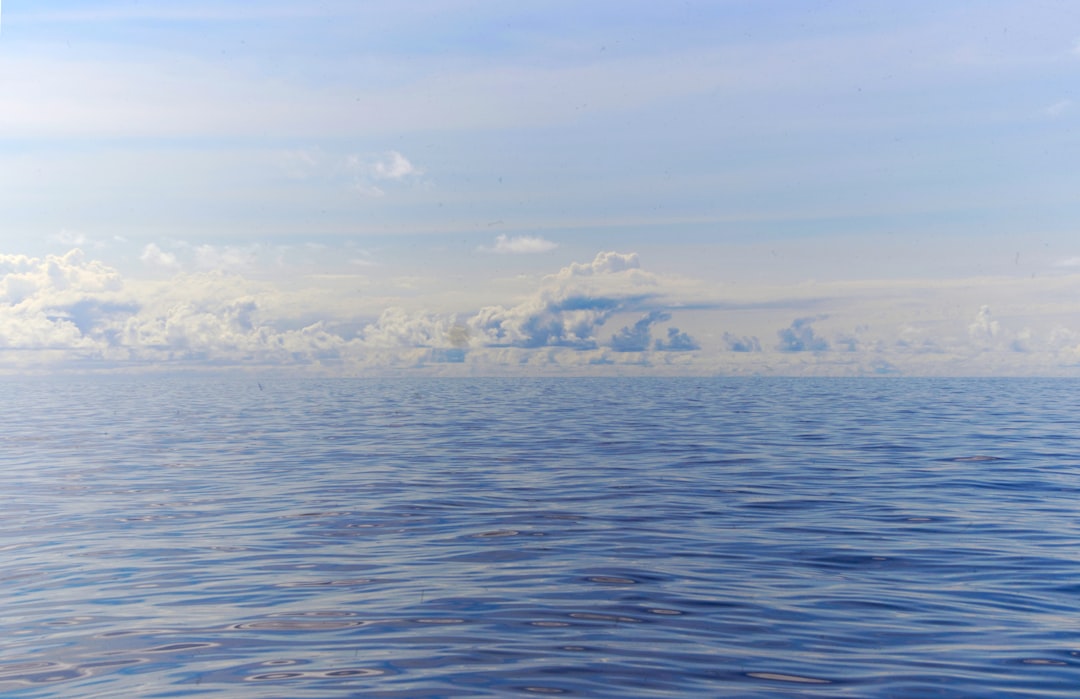The Drake Passage, a body of water situated between the southern tip of South America and Antarctica, is renowned for its tumultuous seas and significant role in global oceanic currents. Named after the English explorer Sir Francis Drake, who navigated these waters in the late 16th century, the passage serves as a critical conduit for the movement of water between the Atlantic and Pacific Oceans. Its strategic location not only makes it a vital route for maritime navigation but also a focal point for scientific research, particularly in understanding climate dynamics and marine ecosystems.
The passage is characterized by its unpredictable weather patterns and strong currents, which can pose significant challenges to vessels traversing its waters. Spanning approximately 800 kilometers (500 miles) in width, the Drake Passage is often described as one of the roughest seas on Earth. Despite its formidable reputation, the passage is a treasure trove of scientific inquiry, offering insights into oceanography, marine biology, and climate change.
As researchers continue to explore its depths, they uncover the mysteries that lie beneath the surface, revealing the importance of this region in the broader context of global environmental health.
Key Takeaways
- The Drake Passage is a narrow body of water between South America’s Cape Horn and the South Shetland Islands of Antarctica.
- Exploring the maximum depth of the Drake Passage is significant for understanding global oceanic circulation and climate patterns.
- The geological features of the Drake Passage include deep trenches and underwater mountain ranges.
- Challenges of exploring the maximum depth include extreme weather conditions, strong currents, and limited accessibility.
- Equipment and technology used for exploring the maximum depth include remotely operated vehicles (ROVs) and advanced sonar systems.
The significance of exploring the maximum depth of the Drake Passage
Exploring the maximum depth of the Drake Passage holds immense significance for various scientific disciplines. The passage is home to some of the deepest points in the Southern Ocean, with depths reaching over 5,000 meters (16,404 feet). Understanding these depths is crucial for marine scientists as they study oceanic processes, including thermohaline circulation, which plays a pivotal role in regulating Earth’s climate.
By investigating the maximum depths, researchers can gain insights into how water masses interact and how these interactions influence global weather patterns. Moreover, exploring the depths of the Drake Passage can provide valuable information about historical climate changes. Sediment cores extracted from the ocean floor can reveal past ocean conditions, including temperature fluctuations and nutrient availability.
This data is essential for predicting future climate scenarios and understanding how marine ecosystems may respond to ongoing changes. The exploration of these depths not only enhances scientific knowledge but also underscores the interconnectedness of oceanic systems and their impact on terrestrial environments.
The geological features of the Drake Passage

The geological features of the Drake Passage are as diverse as they are complex. The region is marked by a variety of underwater topographies, including ridges, valleys, and seamounts that contribute to its unique ecological characteristics. The South Scotia Ridge and the North Scotia Ridge are two prominent geological formations that define the passage’s landscape.
These ridges create a series of channels and basins that influence water flow and marine life distribution. Additionally, the Drake Passage is situated at a tectonic boundary where the South American Plate meets the Scotia Plate. This tectonic activity has resulted in a dynamic seafloor that continues to evolve over time.
The geological processes at play not only shape the physical environment but also affect nutrient cycling and habitat availability for marine organisms. Understanding these geological features is essential for researchers aiming to comprehend how they interact with ocean currents and influence biological productivity in this vital region.
The challenges of exploring the maximum depth of the Drake Passage
| Challenges | Metrics |
|---|---|
| Extreme Weather | High wind speeds, rough seas, and icebergs |
| Remote Location | Distance from support and limited access to resources |
| Deep Ocean Conditions | High pressure, low temperatures, and limited visibility |
| Biological Diversity | Diverse marine life and potential for unknown species |
Exploring the maximum depth of the Drake Passage presents numerous challenges that can hinder scientific endeavors. One of the most significant obstacles is the extreme weather conditions that characterize this region. The passage is notorious for its fierce storms and high waves, which can make navigation perilous for research vessels.
These unpredictable weather patterns necessitate careful planning and timing for expeditions, often limiting opportunities for exploration. In addition to weather-related challenges, the technical difficulties associated with deep-sea exploration cannot be overlooked. The immense pressure at such depths poses risks to both equipment and personnel.
Specialized submersibles and remotely operated vehicles (ROVs) are required to withstand these conditions while collecting data and samples. Furthermore, the vastness of the passage means that researchers must employ advanced mapping technologies to accurately survey and document underwater features. These challenges underscore the need for innovative solutions and robust planning in order to successfully explore this enigmatic region.
The equipment and technology used for exploring the maximum depth
To navigate the complexities of deep-sea exploration in the Drake Passage, scientists rely on an array of sophisticated equipment and technology. One of the primary tools used in these endeavors is sonar mapping systems, which allow researchers to create detailed topographical maps of the seafloor. These maps are essential for identifying underwater features such as ridges, valleys, and potential habitats for marine life.
In addition to sonar technology, remotely operated vehicles (ROVs) play a crucial role in deep-sea exploration.
These vehicles enable scientists to observe marine ecosystems in their natural state and collect samples for further analysis.
Furthermore, advancements in autonomous underwater vehicles (AUVs) have expanded exploration capabilities by allowing for longer missions without direct human intervention. Together, these technologies enhance our understanding of the Drake Passage’s depths and contribute to ongoing research efforts.
The marine life found in the depths of the Drake Passage

The depths of the Drake Passage are teeming with a diverse array of marine life that has adapted to extreme conditions. From bioluminescent organisms to large predatory species, this underwater ecosystem showcases remarkable biodiversity. Among the notable inhabitants are various species of fish, cephalopods, and crustaceans that thrive in cold, dark waters where sunlight barely penetrates.
One fascinating aspect of marine life in this region is its unique adaptations to high-pressure environments. For instance, certain species possess specialized body structures that allow them to withstand immense pressure while maintaining buoyancy. Additionally, many organisms have developed bioluminescence as a means of communication or predation in the dark depths.
The presence of krill, a keystone species in Antarctic waters, further highlights the ecological significance of this region; krill serve as a primary food source for larger predators such as seals, whales, and seabirds. Understanding these intricate relationships within marine ecosystems is vital for conservation efforts and ensuring the sustainability of these unique habitats.
The impact of climate change on the Drake Passage
Climate change poses significant threats to the delicate balance of ecosystems within the Drake Passage. Rising global temperatures have led to increased melting of polar ice caps and glaciers, resulting in changes to salinity and temperature gradients in surrounding waters. These alterations can disrupt established marine food webs and impact species distribution as organisms struggle to adapt to rapidly changing conditions.
Furthermore, ocean acidification—a direct consequence of increased carbon dioxide levels—affects calcifying organisms such as shellfish and corals that play crucial roles in marine ecosystems. As these species decline, it can have cascading effects on predator-prey relationships and overall biodiversity within the passage. Monitoring these changes is essential for understanding how climate change will continue to shape marine environments in this region and beyond.
The research and discoveries made in the exploration of the maximum depth
Research conducted in the depths of the Drake Passage has yielded numerous discoveries that enhance our understanding of oceanic processes and marine life.
These findings underscore how much remains to be learned about life in these remote environments.
Additionally, sediment core analyses have provided valuable insights into historical climate patterns by revealing past ocean conditions over millennia. Such research contributes to predictive models that inform scientists about potential future changes due to climate variability. The exploration efforts have also led to improved knowledge regarding ocean currents and their role in global climate regulation—an essential aspect given current concerns about climate change impacts worldwide.
The potential for future exploration and discoveries in the Drake Passage
The potential for future exploration in the Drake Passage remains vast and largely untapped. As technology continues to advance, researchers are equipped with more sophisticated tools that enable deeper dives and more extensive surveys than ever before. This progress opens up new avenues for discovery, allowing scientists to explore previously inaccessible areas and uncover hidden wonders beneath the waves.
Moreover, ongoing collaborations between international research institutions foster a spirit of cooperation that enhances collective knowledge about this critical region. As interest grows in understanding how oceanic systems function within a changing climate context, future expeditions promise exciting revelations about both geological features and marine biodiversity within the Drake Passage.
The importance of understanding the Drake Passage for global oceanic circulation
Understanding the dynamics of the Drake Passage is crucial for comprehending global oceanic circulation patterns. This passage acts as a significant conduit for water movement between major oceans, influencing thermohaline circulation—the global conveyor belt that regulates climate by distributing heat across different regions. Changes in water temperature or salinity within this passage can have far-reaching implications for weather patterns worldwide.
Furthermore, studying how currents interact within this region provides insights into nutrient cycling and biological productivity across vast oceanic expanses. As researchers continue to investigate these processes, they contribute valuable knowledge that informs climate models and helps predict future changes resulting from anthropogenic influences on our planet’s systems.
The implications of exploring the maximum depth of the Drake Passage
Exploring the maximum depth of the Drake Passage carries profound implications for science and society alike. As researchers delve into its depths, they uncover not only new species and geological features but also critical information about climate change impacts on marine ecosystems. This knowledge is essential for developing effective conservation strategies aimed at preserving biodiversity amid rapidly changing environmental conditions.
Moreover, understanding how this passage influences global oceanic circulation enhances our ability to predict future climate scenarios—an increasingly urgent task given current environmental challenges facing humanity today. Ultimately, continued exploration efforts will not only enrich scientific understanding but also foster greater appreciation for one of Earth’s most enigmatic regions—the Drake Passage—and its vital role in sustaining life on our planet.
The Drake Passage, a significant body of water connecting the Atlantic and Pacific Oceans, is renowned for its challenging navigation conditions and considerable depth. For those interested in exploring more about the geographical and oceanographic features of this region, a related article can be found on MyGeoQuest. This article delves into the intricacies of the Drake Passage, including its maximum depth and the unique marine life it supports. To learn more, you can visit the article by clicking on this link.
WATCH NOW! Drake Passage: Earth’s Deadliest Waters Revealed
FAQs
What is the Drake Passage?
The Drake Passage is the body of water between the southern tip of South America and the northern tip of the Antarctic Peninsula. It connects the Atlantic Ocean to the Pacific Ocean.
What is the maximum depth of the Drake Passage?
The maximum depth of the Drake Passage is approximately 11,000 feet (3,400 meters). This makes it one of the deepest passages in the world.
Why is the Drake Passage significant?
The Drake Passage is significant because it is the shortest and most direct route between Antarctica and the rest of the world. It is also known for its notoriously rough and unpredictable seas, making it a challenging passage for ships and a unique environment for marine life.
What kind of marine life can be found in the Drake Passage?
The Drake Passage is home to a diverse range of marine life, including whales, seals, penguins, and a variety of seabirds. The nutrient-rich waters support a rich ecosystem, making it a popular area for wildlife enthusiasts and researchers.
